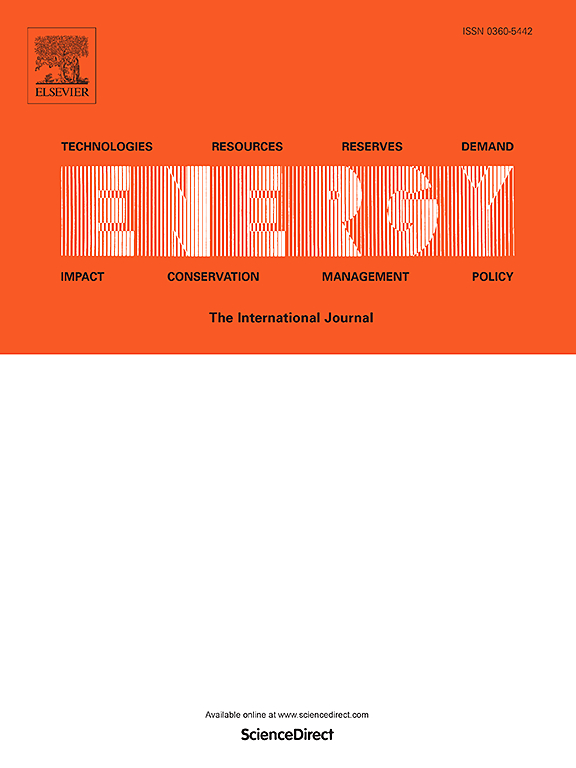Comparative study on soot morphology and nanostructure characteristics of higher alcohol fuels and parent n-alkanes in co-flow diffusion flames
IF 9
1区 工程技术
Q1 ENERGY & FUELS
引用次数: 0
Abstract
Higher-alcohols, as carbon-neutral energy, are more suitable alternative fuels for engines due to their higher reactivity and energy density. Compared to lower alcohols, higher alcohols exhibit alkane-like reactivity due to hydroxyl groups weakening. This work investigated the soot particle microevolution of n-C5-C8 alcohols and alkanes experimentally and numerically. As carbon chain increases, high-soot region exhibits a transition from flame center to wings, with the transition for alcohols occurring at C5-C6, later than alkanes (C2-C3). Flame height, soot concentration, particle size and nanostructure order all increase for C5-C8 alcohols and n-alkanes with increasing carbon. Moreover, the soot characteristic parameters of alcohols gradually approach those of n-alkanes. As carbon increases from 5 to 8, the particle size difference between alcohols and alkanes decreases from 4.3 nm to 3.2 nm. Kinetic analysis showed that the benzene (A1) yields in n-C5-C8 alcohols and n-alkanes increase with increasing carbon chain, but the A1 concentration of alcohols is smaller than that of n-alkanes, which attributed to the inhibition of C2-C3 intermediates of by alcoholic OH. However, the difference in A1 peak decreases with increasing carbon chain due to the transition from the inhibitory effect to promoting effect of hydroxyl groups on C4 intermediates.
求助全文
约1分钟内获得全文
求助全文
来源期刊

Energy
工程技术-能源与燃料
CiteScore
15.30
自引率
14.40%
发文量
0
审稿时长
14.2 weeks
期刊介绍:
Energy is a multidisciplinary, international journal that publishes research and analysis in the field of energy engineering. Our aim is to become a leading peer-reviewed platform and a trusted source of information for energy-related topics.
The journal covers a range of areas including mechanical engineering, thermal sciences, and energy analysis. We are particularly interested in research on energy modelling, prediction, integrated energy systems, planning, and management.
Additionally, we welcome papers on energy conservation, efficiency, biomass and bioenergy, renewable energy, electricity supply and demand, energy storage, buildings, and economic and policy issues. These topics should align with our broader multidisciplinary focus.
 求助内容:
求助内容: 应助结果提醒方式:
应助结果提醒方式:


